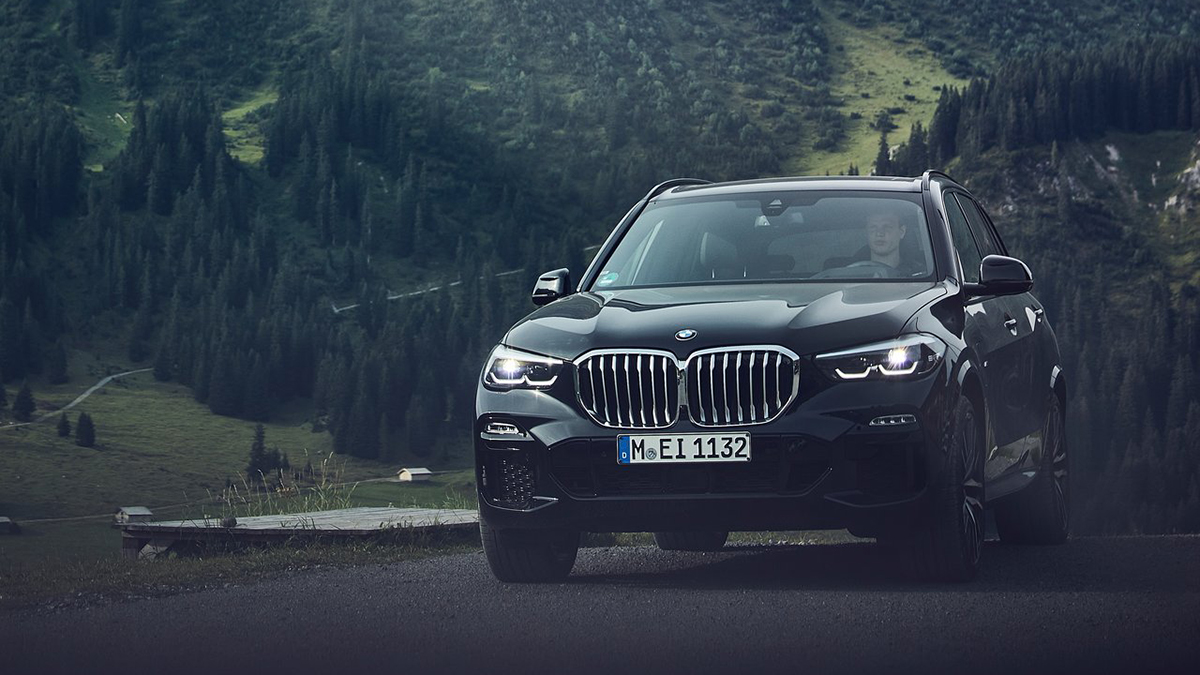Efficiency meets supremacy: With the market launch of the new BMW X5 xDrive45e, the drive portfolio of the Sporty Activity Vehicle (SAV) is now being expanded to include a plug-hybrid system. The second generation of the BMW X5 with electrified drive combines a model-specific in-line 6-cylinder petrol engine featuring BMW TwinPower Turbo Technology with the very latest BMW eDrive technology.
Consistent progress in the area of plug-hybrid drive has produced a system output now increased to 290 kW/394 hp, a tangible enhancement in terms of electrically powered range and a significant reduction in fuel consumption and CO2 levels as compared to the predecessor model.
More impressively than ever, the second generation of the plug-in hybrid model combines the purely electrically powered driving pleasure of a BMW plug-in hybrid model with the versatility that is typical of a Sports Activity Vehicle. In doing so, the new BMW X5 xDrive45e offers optimised qualities in terms of both driving dynamics and efficiency. With an electrically powered range of 67 to 87 kilometres in the new WLTP test cycle or some 86 to 97 kilometres according to the NEDC test cycle, the figure achieved by the predecessor model has been more than tripled. At the same time, the combined fuel consumption and CO2 emissions of the new BMW X5 xDrive45e have been virtually halved. The fuel consumption figures are now 1.9 to 1.2 litres per 100 kilometres in the WLTP test cycle or 2.0 to 1.7 litres per 100 kilometres in the NEDC test cycle, with the relevant CO2 emissions being reduced to 44 to 27 grams per kilometre (WLTP) or 47 to 39 grams per kilometre (NEDC). The combined power consumption of the new BMW X5 xDrive45e is between 28.3 and 23.1 kWh per kilometre (WLTP) or between 23.5 and 21.5 kWh per 100 kilometres (NEDC). The top speed when driving on electric power alone is increased from 120 to 135 km/h.



